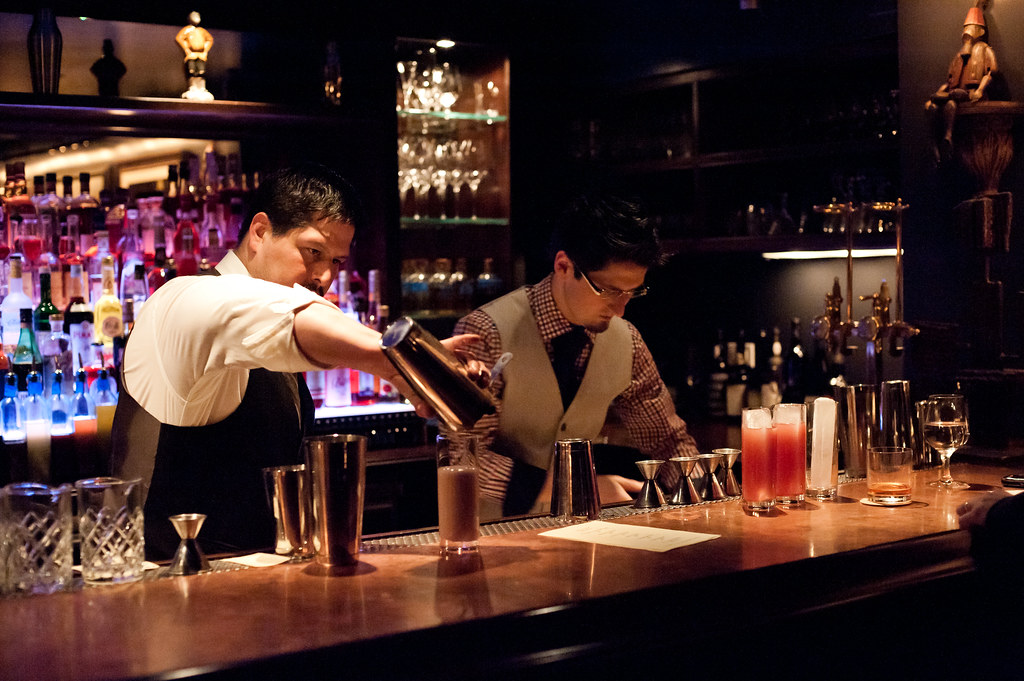When Darkness Became Gold
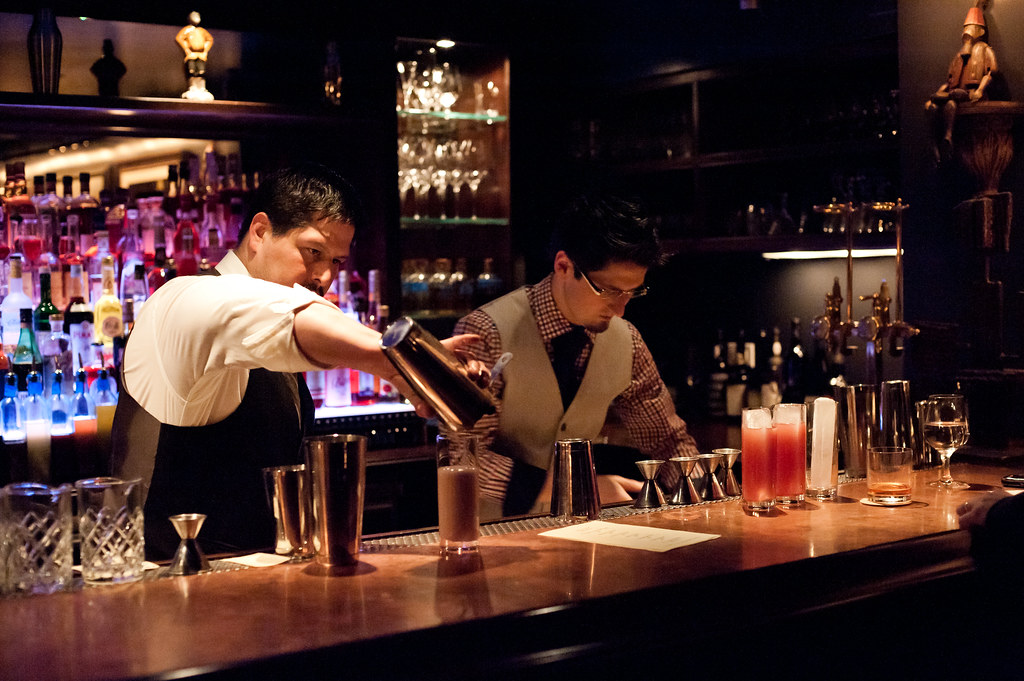
Picture this: it’s 1925, and you’re standing on a street corner in New York City, scanning for an unmarked door that might hide the evening’s entertainment. At the height of Prohibition in the late 1920s, there were 32,000 speakeasies in New York alone. This wasn’t just a few people bending the rules. This was an entire underground empire that transformed America’s relationship with alcohol forever. The moment the 18th Amendment banned booze in 1920, it inadvertently created the most profitable criminal enterprise the nation had ever seen.
Speakeasies were generally ill-kept secrets, and owners exploited low-paid police officers with payoffs to look the other way, enjoy a regular drink or tip them off about planned raids by federal Prohibition agents. What started as a moral crusade turned into the biggest business opportunity for organized crime in American history.
The Numbers Game
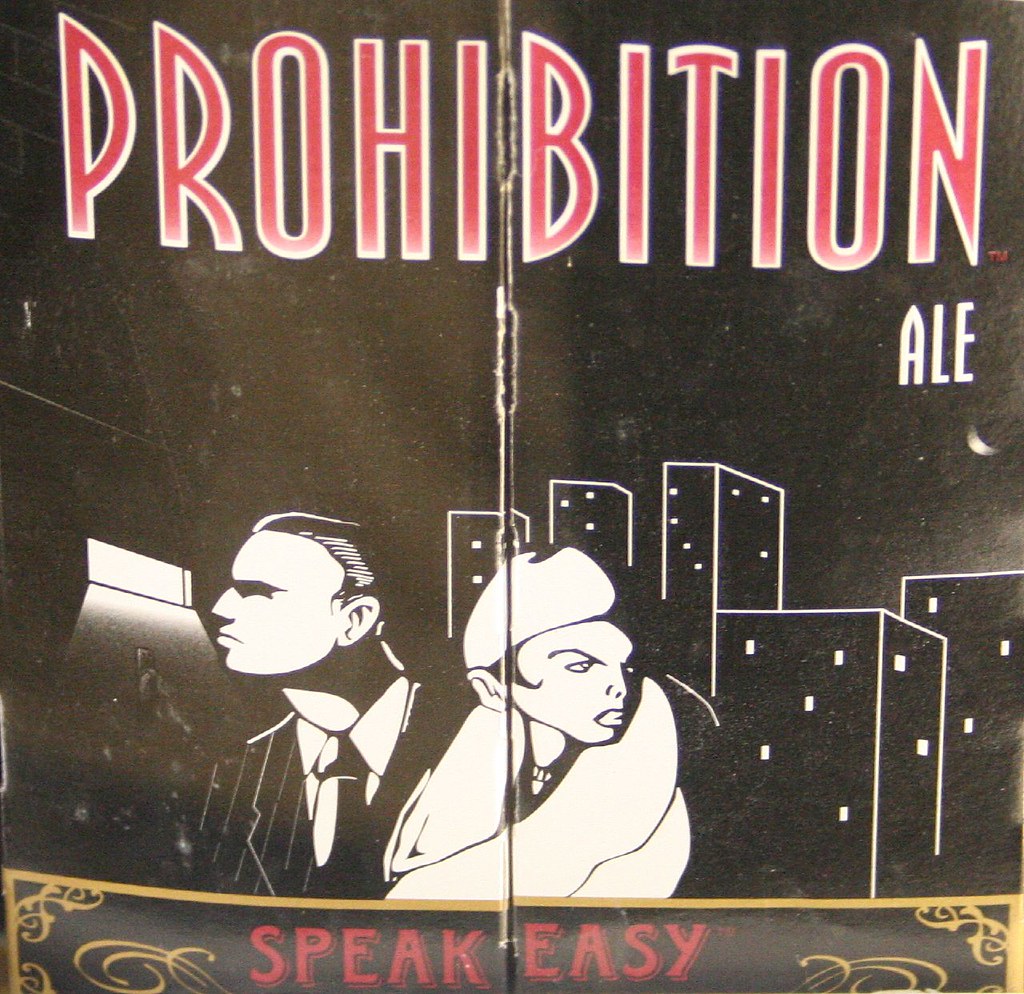
The sheer scale of speakeasy operations during Prohibition is mind-boggling when you really think about it. The real answer will never be known, for obvious reasons, but “official” estimates ranged from 20,000 to 100,000. in New York City alone, according to historical estimates. But here’s the crazy part – those numbers only tell part of the story.
By 1925, there were anywhere from 30,000 to 100,000 speakeasy clubs in New York City alone. Chicago, meanwhile, became Al Capone’s personal playground. Al Capone, leader of the Chicago Outfit, made an estimated $60 million a year supplying illegal beer and hard liquor to thousands of speakeasies he controlled in the late 1920s. That’s roughly $900 million in today’s money – just from one man’s operation.
The Art of Hidden Drinking
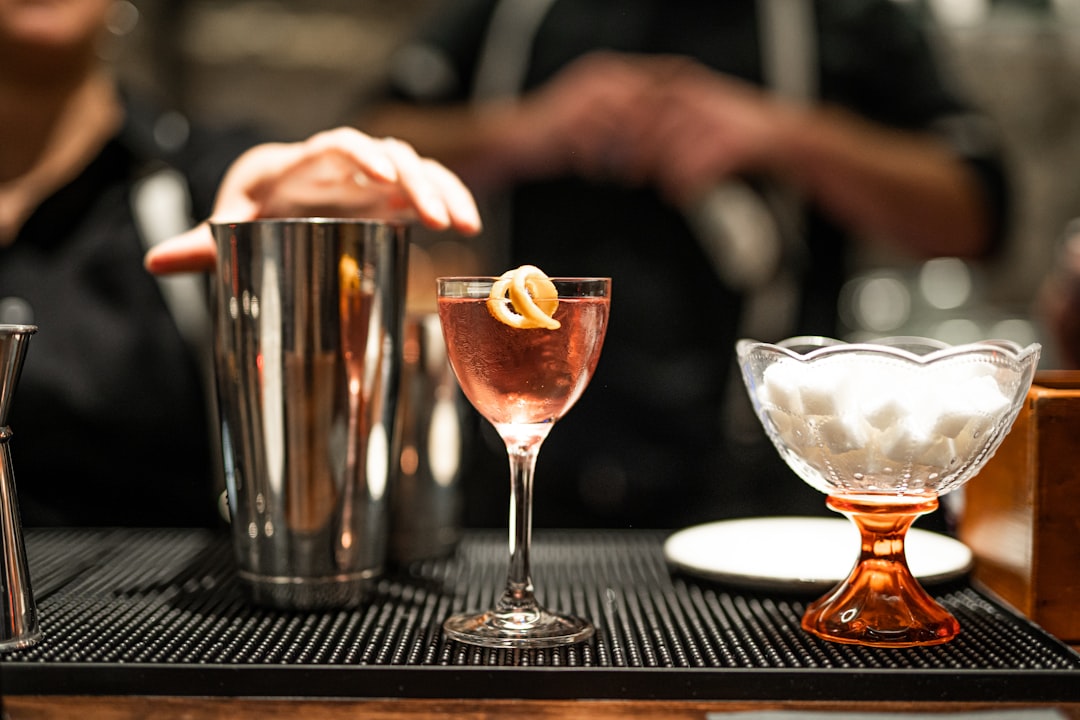
Speakeasies were hidden bars that operated during Prohibition, often tucked away in basements, apartments, or behind storefronts. To gain entry, patrons needed to know the secret password or be vouched for by a trusted customer. The creativity behind these hiding spots was absolutely incredible. Some were disguised as flower shops, others as telephone booths, and many more behind unmarked doors in ordinary-looking buildings.
Passwords for speakeasy joints were a closely guarded secret, known only to select people that were regular visitors to the clubs. Passed from person to person by word of mouth, the passwords tended to be completely unrelated to alcohol or drinking. This system created an exclusive club atmosphere that made patrons feel like they were part of something special and rebellious.
The Cotton Club’s Dark Glamour
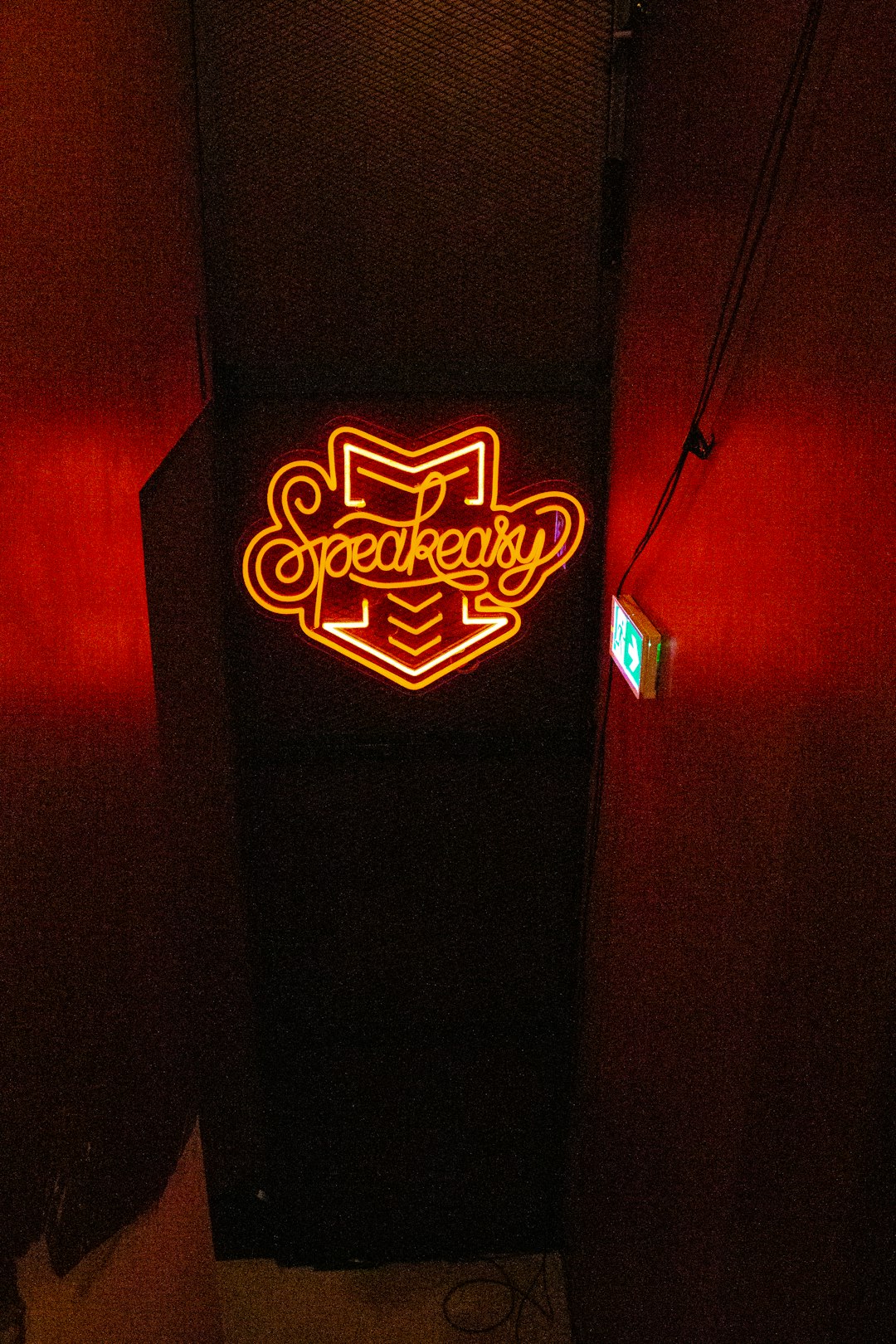
Harlem, the city’s black district, had its “hooch joints” inside apartments and the famed Cotton Club, owned by mobster Owney Madden, on 142nd Street. The Cotton Club represented one of the most complex and troubling aspects of speakeasy culture. The Cotton Club was a whites-only establishment and reproduced the racist imagery of segregation, often depicting black people as savages in exotic jungles or as “darkies” in the plantation South.
Despite this segregation, the club featured some of the greatest musical talents of the era. Some of the artists were Lena Horne, Count Basie, Ella Fitzgerald, Louis Armstrong, Cab Calloway, and Ethel Waters. Duke Ellington’s Orchestra was the house band for years. The original Cotton Club at 142nd Street and Lenox Avenue opened in 1923 during the Prohibition Era (1923–1935). Crowds (white’s only) flocked to the glamorous uptown venue to experience the legendary speakeasy owned by gangsters.
The 21 Club’s Ingenious Escapes
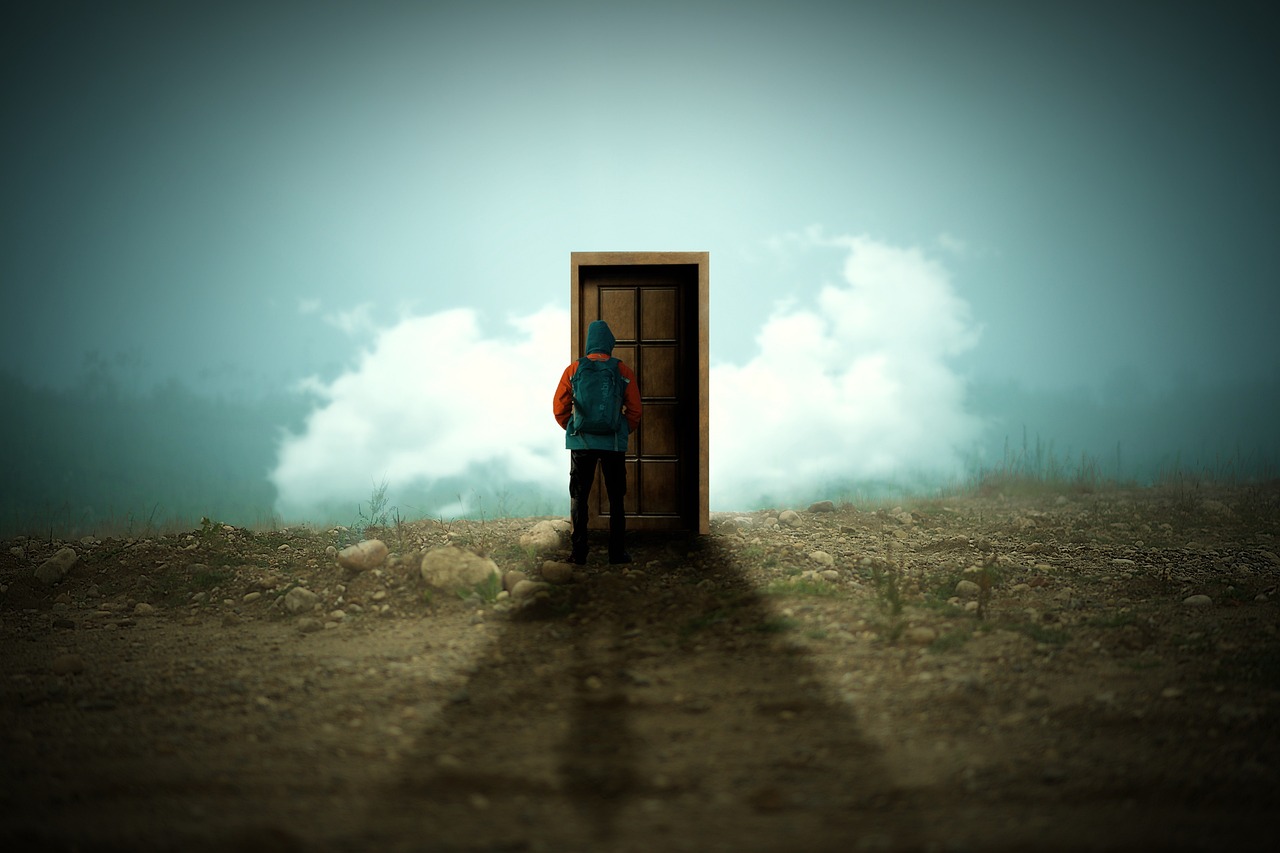
If there was ever a speakeasy that perfected the art of avoiding raids, it was the 21 Club. Jack and Charlie managed to escape Prohibition without ever being caught by federal agents. This is likely due to an innovative system of pulleys and levers they created. When a raid was suspected they would initiate their system to knock bottles off shelves in the bar and then sweep the glass quickly down a chute and into the New York sewer system.
Another reason they managed to avoid police is because of a secret wine cellar which can still be seen today. Formerly hidden by hanging meats and canned goods, the wine cellar is behind a two and half ton door that can only be unlocked with a meat skewer through a small hole located on one of the bricks in the door. Talk about engineering genius put to illegal use!
The Stork Club’s Celebrity Haven
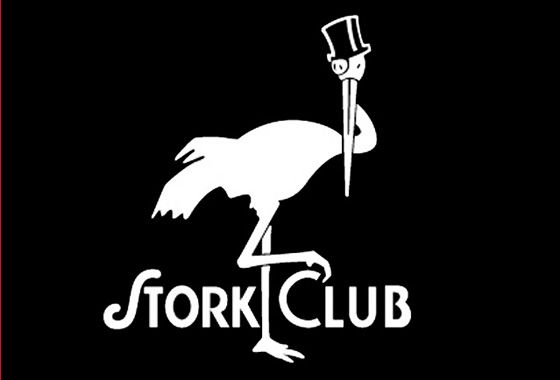
Sherman Billingsley was a former resident of the federal prison at Fort Leavenworth Kansas when he arrived in New York with an eye for acquiring a chain of drug stores. Soon he was branching out and in 1929 he opened the Stork Club. Originally the club was a legitimate restaurant and nightclub in the front, where the display of secret hand signals would allow a patron, after passing the scrutiny of bouncers, into another room in the back.
The Stork Club throughout Prohibition had the reputation of serving high-quality imported (smuggled) liquor such as Scotch and Canadian Whiskey, rather than locally produced beverages of dubious quality. Then as now it was highly popular with New York and national celebrities. Babe Ruth frequently drank there and maybe the only person ever served hot dogs at the Club. The club’s discretion and quality made it a magnet for the famous and wealthy.
Chicago’s Green Mill and Capone’s Playground
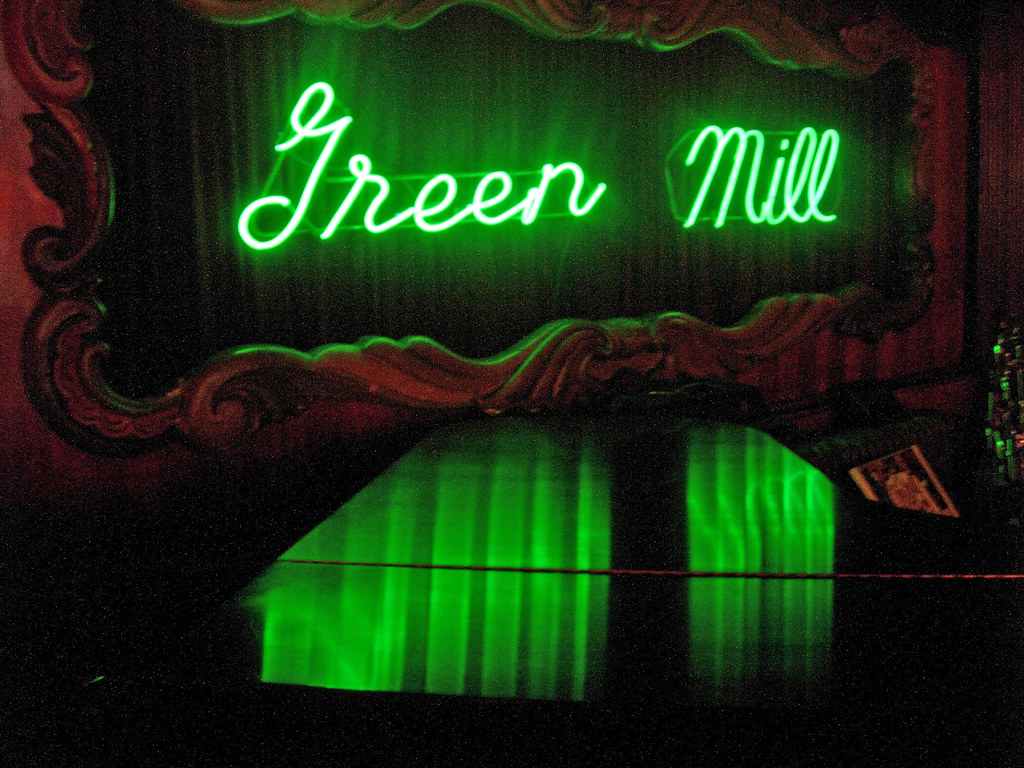
Chicago’s Green Mill holds a distinction which gives it a special panache among Prohibition-era illegal bars. It was one of Al Capone’s favorite places to spend an evening. But his preferred beverage was Templeton Rye Whiskey, which the Green Mill kept on hand for its most notorious customer. The Green Mill wasn’t just another speakeasy – it was basically Capone’s second office.
The Green Mill was a popular jazz club. It had secret tunnels for quick escapes during police raids. These tunnels connected to nearby buildings, allowing patrons and staff to disappear at a moment’s notice when federal agents showed up. The engineering behind these escape routes was as sophisticated as anything you’d see in a spy movie.
Women’s Liberation Behind Closed Doors
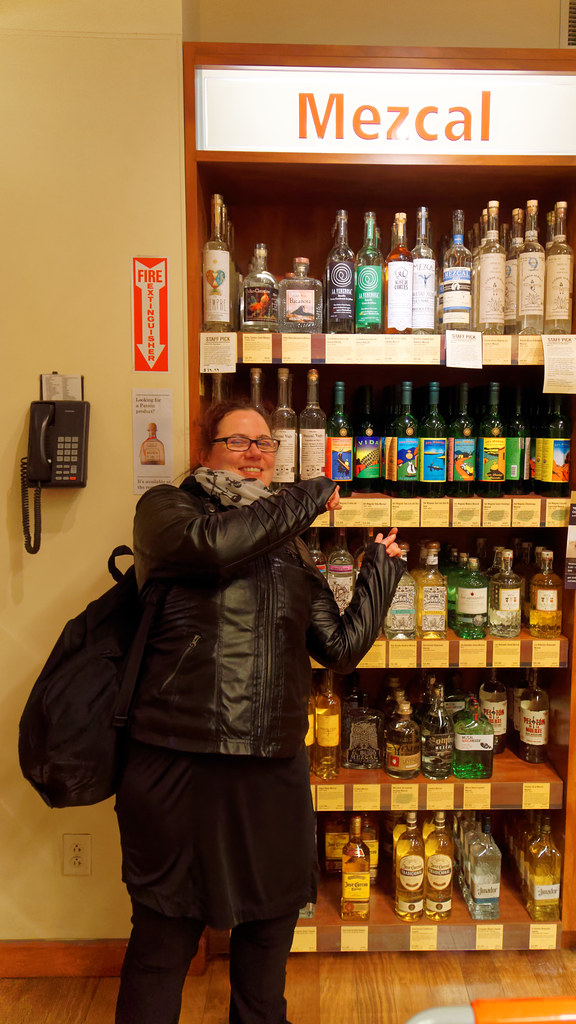
One of the most surprising social changes that speakeasies brought about was the liberation of women’s drinking culture. The underground nature of speakeasies may have actually increased the alcohol consumption of women during the 1920s, as there was a stigma around women drinking in public prior to Prohibition. Since any man going to a speakeasy was engaging in illicit activity, he was unlikely to criticize women for doing the same thing. Simultaneously, women were becoming bolder and more independent, as epitomized by the flapper movement of the decade.
Women’s sense of freedom also expanded through speakeasies, as they suddenly had the opportunity to drink in public with men in these underground clubs that welcomed women for the first time. Before Prohibition, drinking was largely a male-dominated activity confined to saloons where women weren’t welcome.
The Deadly Side of Underground Booze
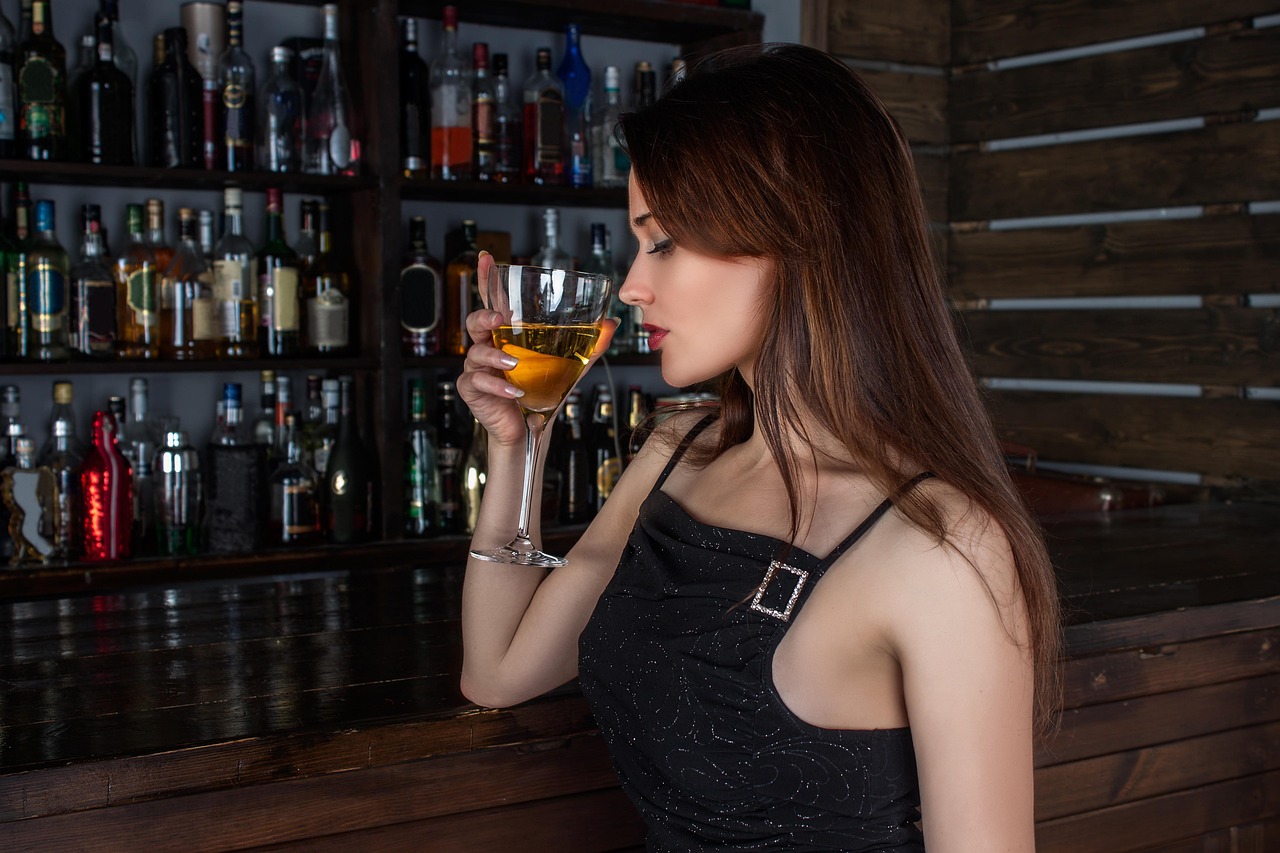
Not all speakeasy experiences were glamorous affairs with jazz bands and celebrity sightings. Bootleggers who supplied the private bars would add water to good whiskey, gin and other liquors to sell larger quantities. Others resorted to selling still-produced moonshine or industrial alcohol, wood or grain alcohol, even poisonous chemicals such as carbolic acid. The bad stuff, such as “Smoke” made of pure wood alcohol, killed or maimed thousands of drinkers.
The quality control that existed in legal liquor production completely disappeared during Prohibition. To hide the taste of poorly distilled whiskey and “bathtub” gin, speakeasies offered to combine alcohol with ginger ale, Coca-Cola, sugar, mint, lemon, fruit juices and other flavorings, promoting the enduring mixed drink, or “cocktail,” in the process. This desperate attempt to mask terrible-tasting alcohol actually gave birth to modern cocktail culture.
The Queens Who Ruled the Night
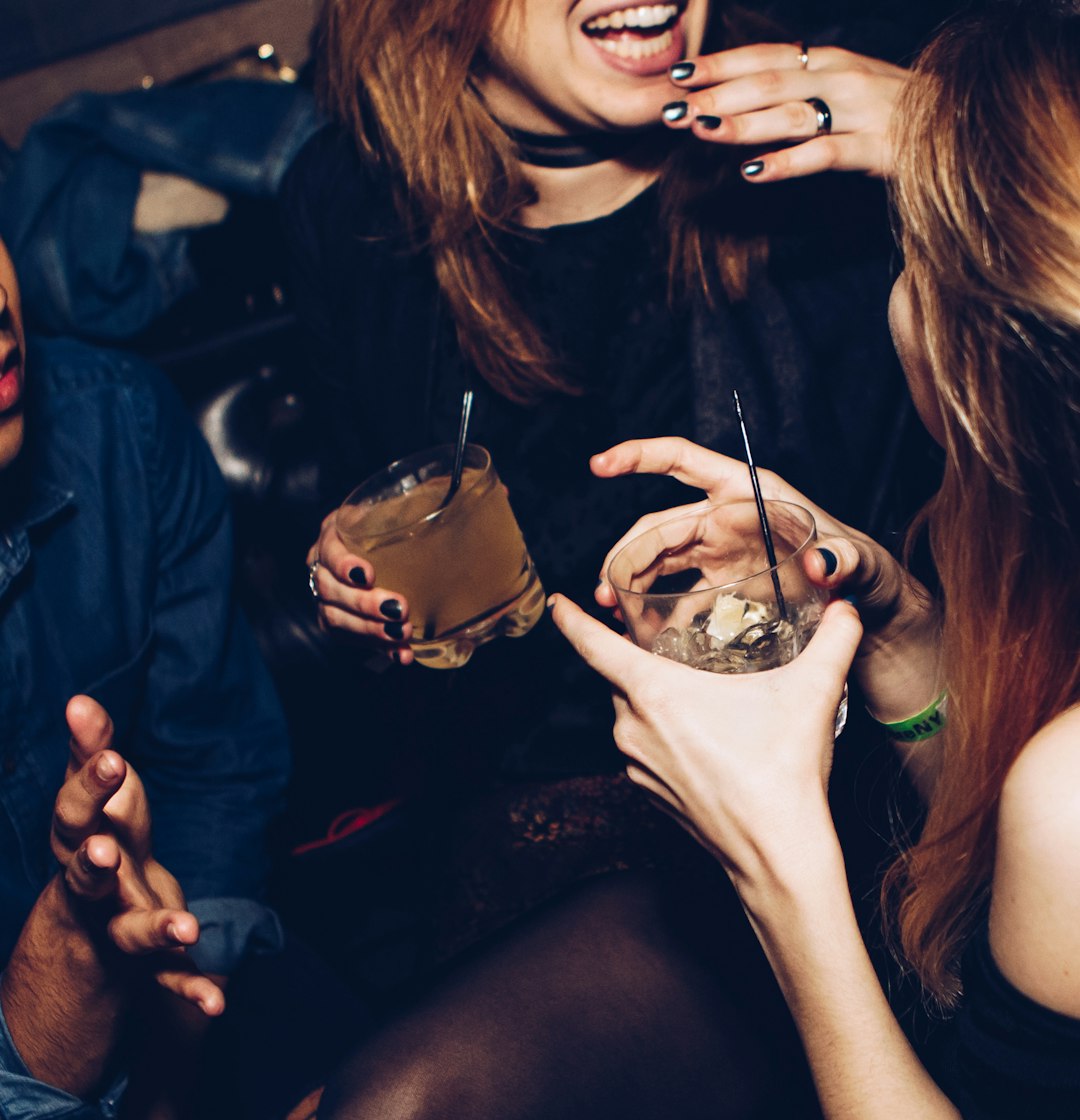
One of the most famous hostesses of Prohibition-era speakeasies was Mary “Texas” Guinan, a former cowboy movie actress who moved to New York to opened the 300 Club in 1920. Guinan would be mistress of ceremonies in a series of illegal nightclubs in the city that were celebrity hangouts, often moving to new locations after raids by authorities. Her famous greeting of “Hello suckers!” became legendary.
Helen Morgan ran several classy speakeasies in New York during Prohibition while serving as the main attraction for entertainment as a well-known Broadway star and pop recording artist (she would retreat late at night to her clubs after leaving the Broadway stage). In the early 1920s, Morgan was said to have originated the “torch” singing style of sitting atop a piano and belting out lovelorn songs about men. These women weren’t just business owners – they were pioneers of entertainment.
The Economics of Underground Enterprise

The financial impact of speakeasies extended far beyond individual profits. In fact, the sale of alcohol during Prohibition was so prevalent that Detroit’s illicit alcohol trade was the second-biggest contributor to the economy at the time, behind only the city’s auto industry. This wasn’t just a side hustle – it was a major economic force.
For instance, in 1927, he netted about $100,000. That is about $1,400,000 in today’s dollars. And it was all tax-free. This example from the Nepenthe Club shows just how incredibly profitable these operations could be. The lack of regulation and taxation meant that successful speakeasy owners could accumulate wealth at rates that would be impossible in legal businesses.
The Jazz Age Connection
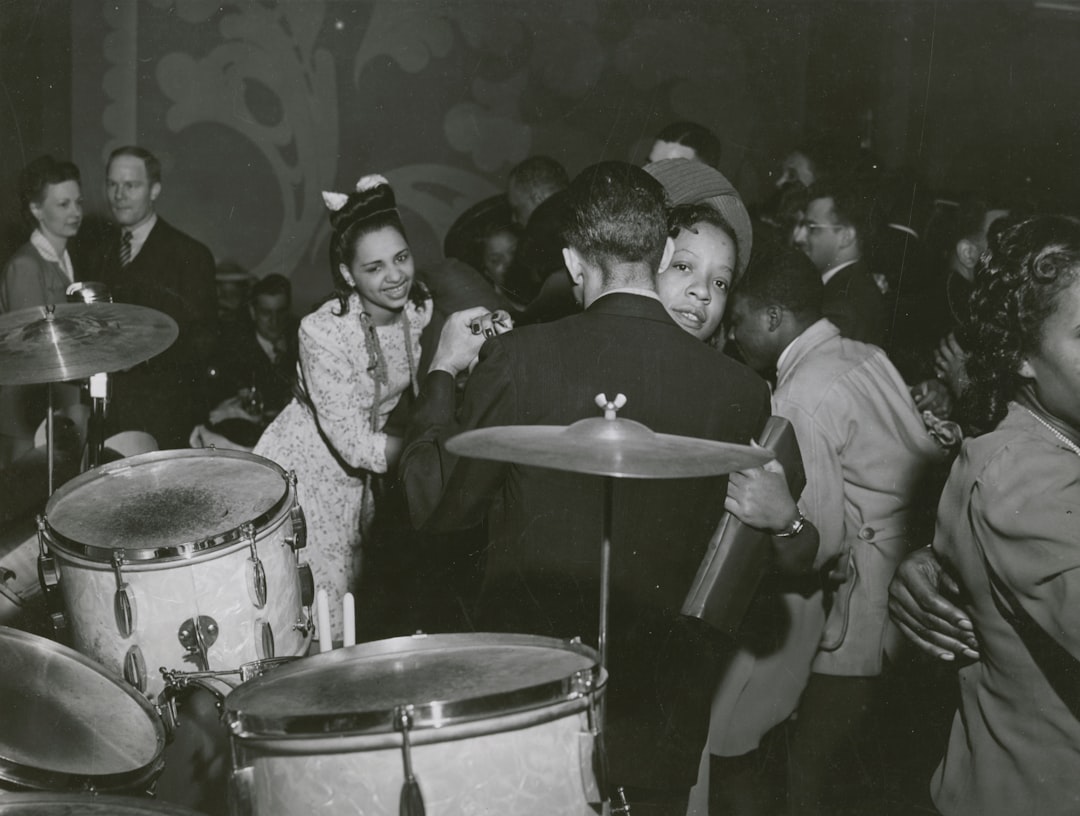
Prohibition also had an effect on the music industry in the United States, specifically with jazz. Speakeasies became very popular, and the Great Depression’s migratory effects led to the dispersal of jazz music, from New Orleans going north through Chicago and to New York. Due to its popularity in speakeasies and the emergence of advanced recording technology, jazz’s popularity skyrocketed.
Jazz and speakeasies became inseparably linked during this period. The underground nature of these clubs created the perfect atmosphere for this rebellious new music form. Many of these places became cultural hubs. They hosted musicians, writers, and artists, and jazz music flourished in these underground venues. Without Prohibition, jazz might never have found the intimate, rebellious venues it needed to truly flourish.
The Corruption Machine
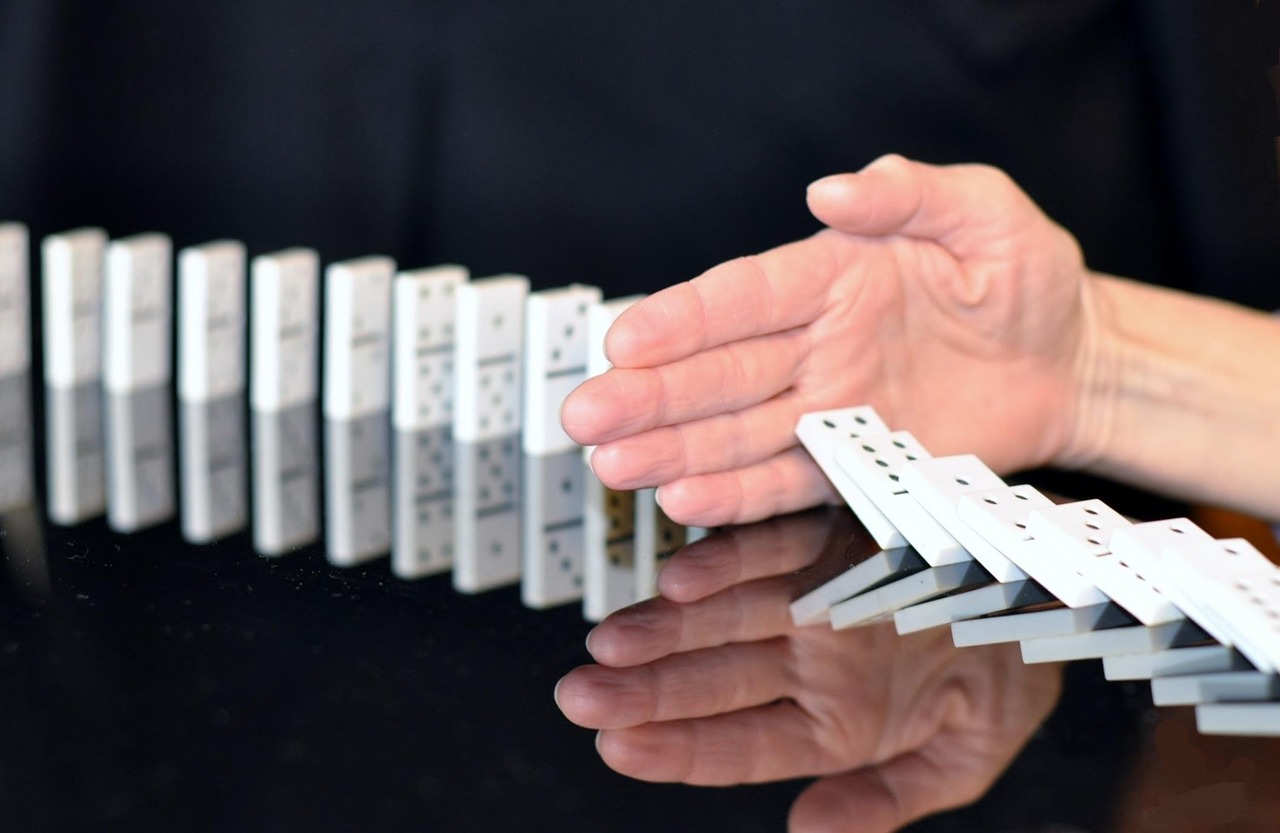
Other establishments didn’t even bother hiding or disguising the liquor, as they paid out part of their profits to Prohibition agents and police officers, leading to a monumental amount of political corruption. The speakeasy system created a web of corruption that reached into every level of law enforcement and government. Police officers, federal agents, judges, and politicians all found themselves with their hands out.
In fact, as many as 8 of 10 congressmen may have been drinking on the sly during these years. The hypocrisy was staggering – the very people who had voted for Prohibition were often the same ones sneaking into speakeasies after dark. This corruption fundamentally changed how Americans viewed their government and law enforcement.
The End of an Era
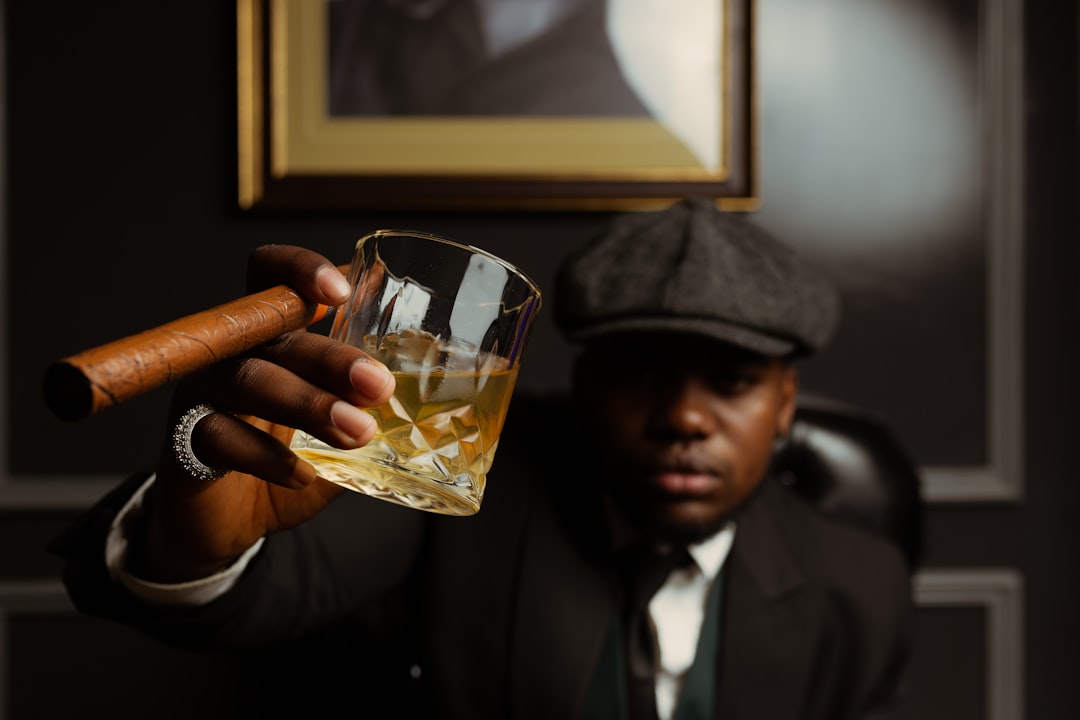
Near the end of the Prohibition Era, the prevalence of speakeasies, the brutality of organized criminal gangs vying to control the liquor racket, the unemployment and need for tax revenue that followed the market crash on Wall Street in 1929, all contributed to America’s wariness about the 18th Amendment. With its repeal via the 21st Amendment in 1933 came an end to the carefree speakeasy and the beginning of licensed barrooms, far lower in number, where liquor is subject to federal regulation and taxes.
Speakeasies largely disappeared after Prohibition ended in 1933. The great experiment was over, but its effects lasted generations. The speakeasy era had fundamentally changed American drinking culture, created modern cocktail culture, helped spread jazz music, and showed just how impossible it was to legislate personal behavior.
The underground speakeasies of Prohibition weren’t just places to get a drink – they were the birthplace of modern American nightlife, the breeding ground for organized crime, and the stage where jazz music found its voice. What started as a simple attempt to ban alcohol ended up transforming the entire social fabric of America.

